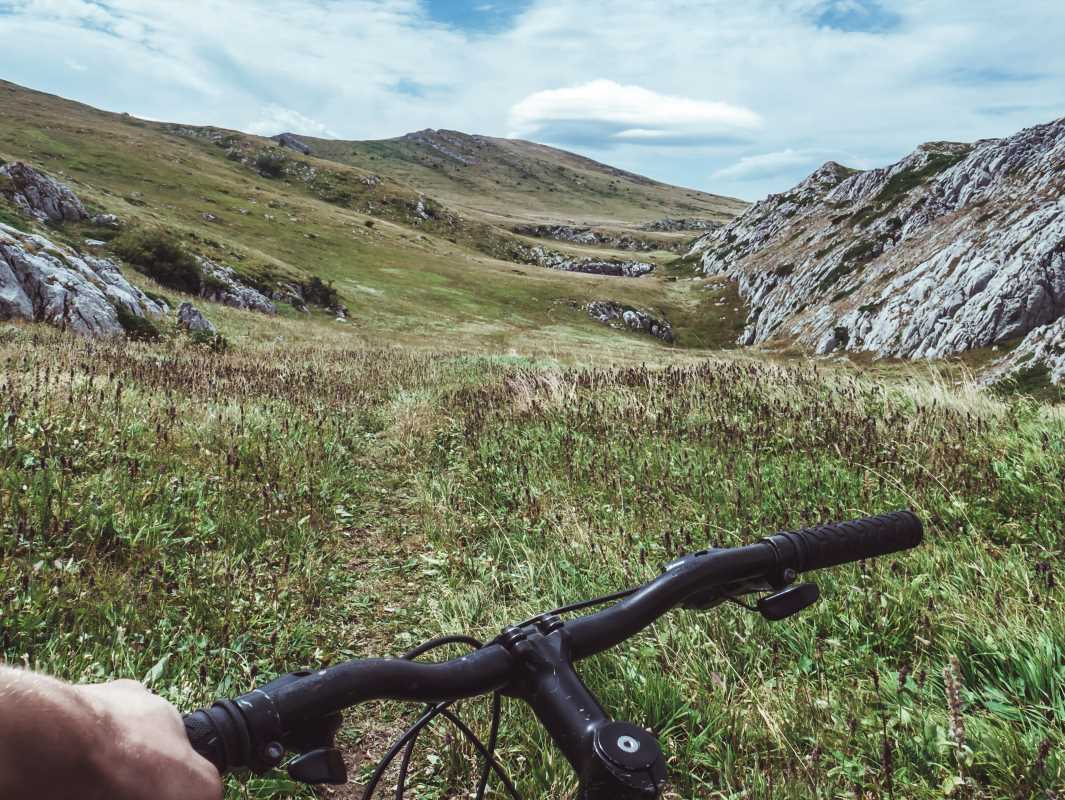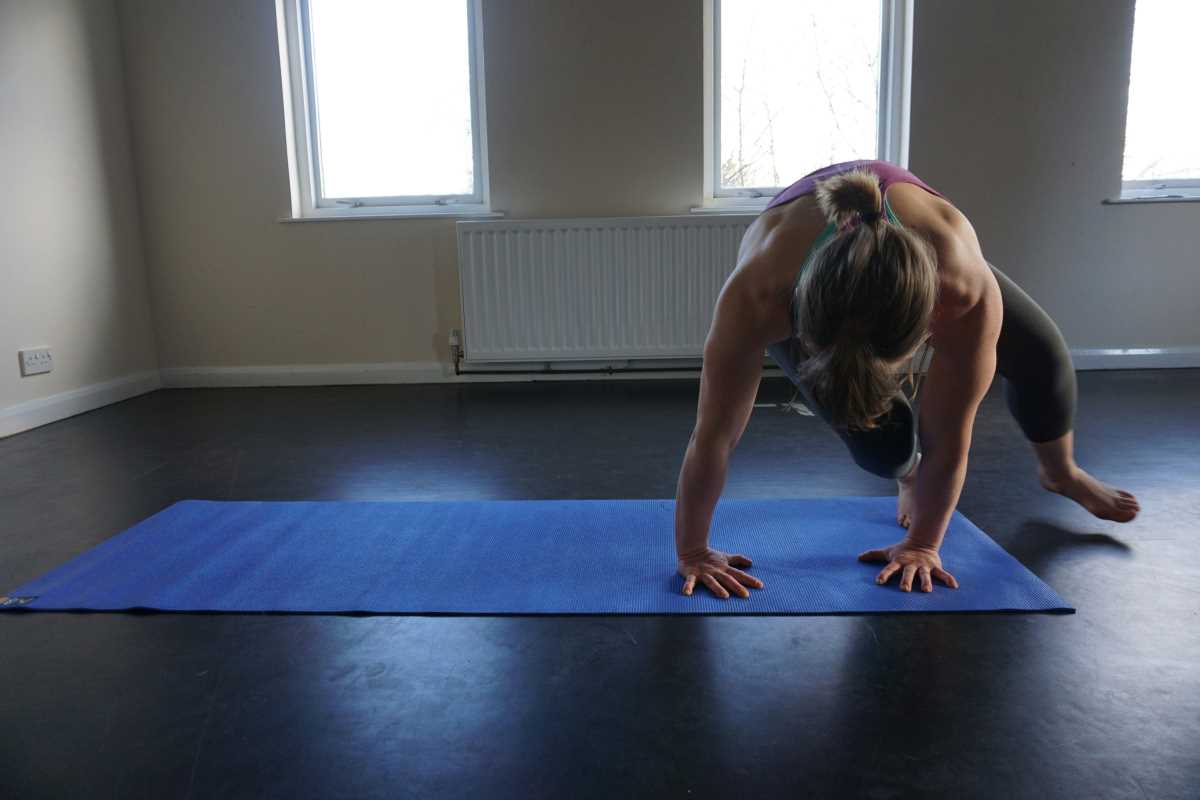Cycling in high-altitude environments offers a distinct challenge for athletes eager to push their limits and improve performance. The thinner air and cooler temperatures are just the beginning; refining your breathing techniques plays a crucial role when tackling steep ascents and enduring long distances. By integrating these breathing strategies into your high-altitude training, you can significantly enhance your endurance and optimize oxygen use. This not only helps you adapt better to the demanding conditions but also strengthens your overall cycling ability. Embracing these techniques can mark the difference between merely surviving the ride and conquering it with confidence.
Understanding how to breathe properly isn't just about taking in more air; it's about optimizing the way your body uses oxygen in demanding environments. For performance-driven athletes and trendsetters who want to improve their cycling game, these techniques can provide the edge needed to excel in high-altitude conditions. Let’s dive into the science behind breathing at elevation and explore practical methods to integrate these techniques into your training regimen.
The Science of Breathing in High-Altitude Training
Training at high altitudes imposes several physiological changes that directly impact a cyclist’s performance. As the elevation increases, the air becomes less dense, resulting in a lower availability of oxygen.
- Reduced Oxygen Intake: With thinner air, each breath contains fewer oxygen molecules, making it harder for muscles to perform optimally.
- Increased Breathing Rate: To compensate for the lower oxygen levels, your body naturally increases the rate and depth of breathing, which can lead to quicker fatigue.
- Enhanced Erythropoiesis: High-altitude exposure stimulates the production of red blood cells, which helps improve oxygen transport in the long term.
- Improved Lung Capacity: Regular high-altitude training can lead to increased lung volume and better respiratory efficiency.
These changes force your body to adapt, enhancing your overall stamina and endurance. Without proper breathing techniques, the body can become overwhelmed, leading to decreased performance and increased risk of altitude sickness.
By understanding these physiological responses, cyclists can better prepare themselves to handle the demands of high-altitude environments. Effective breathing techniques can mitigate some of the negative effects and amplify the positive adaptations, paving the way for improved cycling performance.
Key Breathing Techniques for Cyclists
- Diaphragmatic Breathing: Focus on using your diaphragm to take deep breaths, allowing for maximum oxygen intake and efficient carbon dioxide expulsion.
- Controlled Breathing Patterns: Implement rhythmic breathing that aligns with your pedal strokes, such as inhaling for two pedal rotations and exhaling for two.
- Alternate Nostril Breathing: Breathe through one nostril at a time, which can enhance lung capacity and promote relaxation during intense rides.
- Box Breathing: Inhale deeply for four counts, hold for four, exhale for four, and hold again for four, helping to regulate your breathing and reduce stress.
- Pursed-Lip Breathing: Breathe in through your nose and exhale slowly through pursed lips, which can improve airflow and oxygen delivery to muscles.
Preparing for High-Altitude Rides
Preparation is crucial when you plan to cycle at high elevations. Start by acclimating your body to higher altitudes through gradual exposure over several weeks. Incorporate specific breathing exercises into your routine to enhance your respiratory efficiency before hitting the trails.
Along with physical conditioning, ensure you’re well-hydrated and maintain a balanced diet rich in iron and other essential nutrients. These steps will help your body adapt more smoothly to the demands of high-altitude cycling, making your training sessions more effective and enjoyable.
Integrating Breathing Techniques into Your Training
To truly benefit from these breathing methods, weave them seamlessly into your regular cycling practice. Start by dedicating a portion of each workout to focused breathing exercises, ensuring you’re comfortable with each technique. Over time, these practices will become second nature, enhancing your performance during both training and competitive rides.
Consider joining sessions or seeking guidance from a coach experienced in high-altitude training. Using structured programs can accelerate your mastery of these techniques and maximize the benefits of high-altitude training, setting you apart as a truly performance-driven athlete.
Benefits of Improved Breathing for Cyclists
Enhancing your breathing techniques offers a multitude of advantages that can elevate your cycling performance:
- Increased Endurance: Better oxygen utilization allows you to sustain longer rides without fatigue.
- Enhanced Recovery: Efficient breathing aids in quicker recovery times between intense efforts.
- Improved Focus: Controlled breathing can help maintain mental clarity and concentration during challenging climbs.
- Reduced Risk of Altitude Sickness: Proper breathing techniques can prevent symptoms like dizziness and shortness of breath.
- Optimized Performance: Overall, improved respiratory function translates to better speed and power output on the bike.
Implementing these breathing techniques can give you a competitive edge, ensuring you perform at your best even in the toughest high-altitude conditions.
Common Mistakes and How to Avoid Them
Even with the best intentions, cyclists often stumble when they try to adopt new breathing methods. One common mistake is breathing too shallowly, which prevents adequate oxygen from reaching the muscles. To avoid this, focus on deep belly breaths rather than shallow chest breaths.
Another error involves failing to coordinate breathing with pedaling, leading to a disjointed and inefficient rhythm. Practice synchronizing your breath with your pedal strokes to create a harmonious and effective cycling cadence. Neglecting to warm up properly can make integrating new techniques more challenging, so always include a thorough warm-up in your training sessions.
Embrace these breathing techniques to significantly enhance your high-altitude training and improve cycling performance by building strength and endurance. Avoid pitfalls and apply these methods consistently for tangible results.
 (Image via
(Image via





